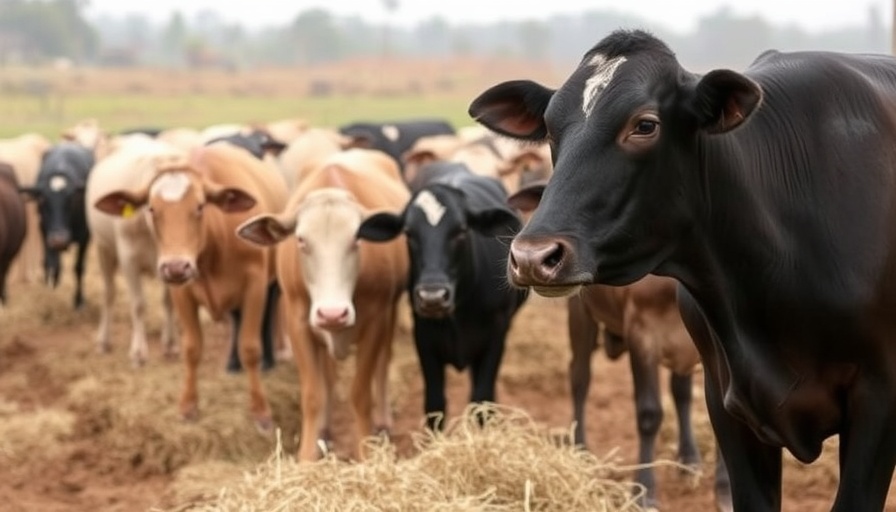
Understanding the Emergence of Bird Flu in Cattle
The recent spread of bird flu, specifically the H5N1 virus, from poultry to cattle in regions like Idaho and Arizona has raised alarms among animal health inspectors. This development marks a shift in the traditional patterns of avian influenza, typically confined to bird populations. Understanding this emergence is crucial for determining the future trajectory of animal health and public safety, even as human infections remain exceedingly rare.
Sample Case: Regional Impacts
As bird flu continues to manifest in dairy farms throughout the Mountain West, farmers and ranchers are on high alert. Reports indicate that substantial outbreaks among poultry flocks in states such as Colorado and Wyoming could signify a broader agricultural challenge. By knowing the areas most affected, farmers can take preemptive measures to protect their livestock.
Prevention Measures: Testing and Monitoring
To combat the spread of the H5N1 virus, a federal mandate was implemented requiring tests for cattle prior to their transport. This measure plays a crucial role in preventing further outbreaks. Continuous monitoring through systems like the CDC’s flu surveillance ensures that authorities can swiftly address any emerging health threats.
The Science Behind the Virus: Understanding Risks
Although H5N1 can be devastating to poultry—sometimes wiping out entire flocks in a matter of days—cows generally have a higher resilience against the virus. According to Dr. Brian Labus from the University of Nevada, Las Vegas, proper cooking and pasteurization practices mitigate the risk of transmission to humans through beef and dairy products.
Future Considerations: Broader Implications for Animal Health
This situation underscores the necessity of enhanced animal health protocols and awareness among agricultural communities. As bird flu figures evolve, its implications might extend beyond animal health to economic impacts within the livestock industry, warranting close attention from policymakers and producers alike.
As we continue to monitor the spread of avian flu in cattle, it’s essential that farmers, health officials, and consumers stay informed about precautionary measures and possible health risks. Increased vigilance and public education can play a pivotal role in safeguarding both animal and human health.
 Add Row
Add Row  Add
Add 




 Add Row
Add Row  Add
Add 

Write A Comment